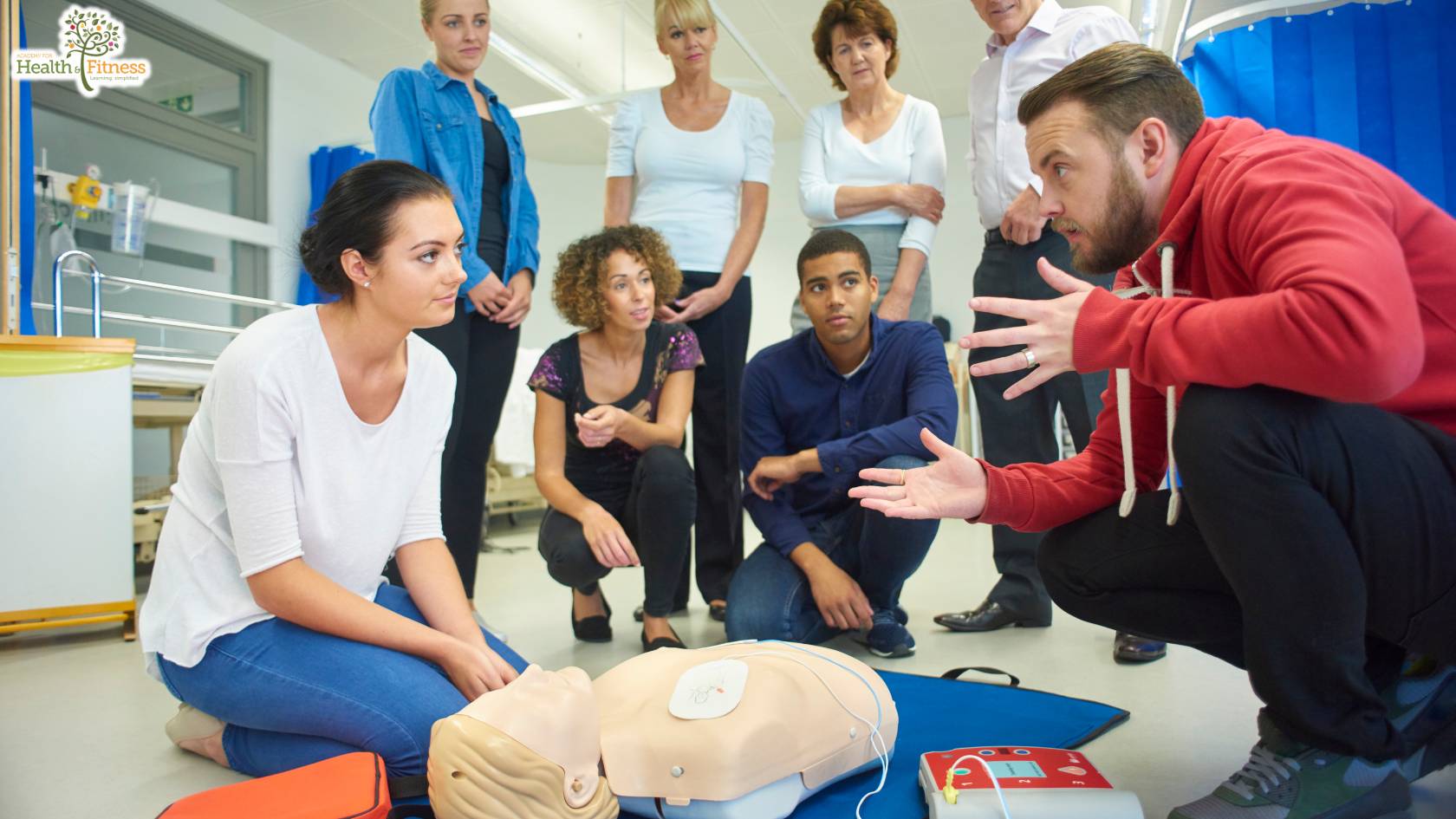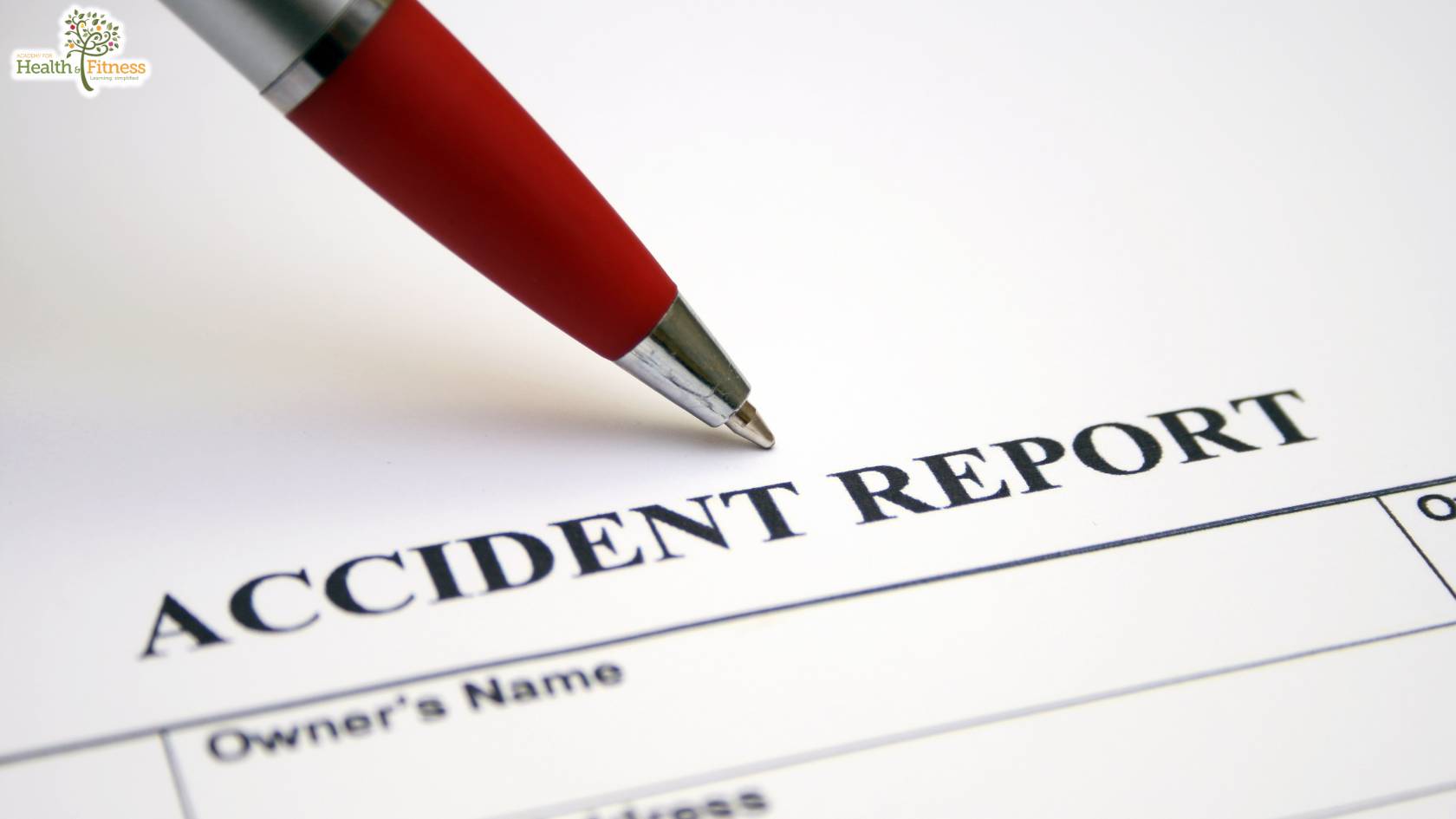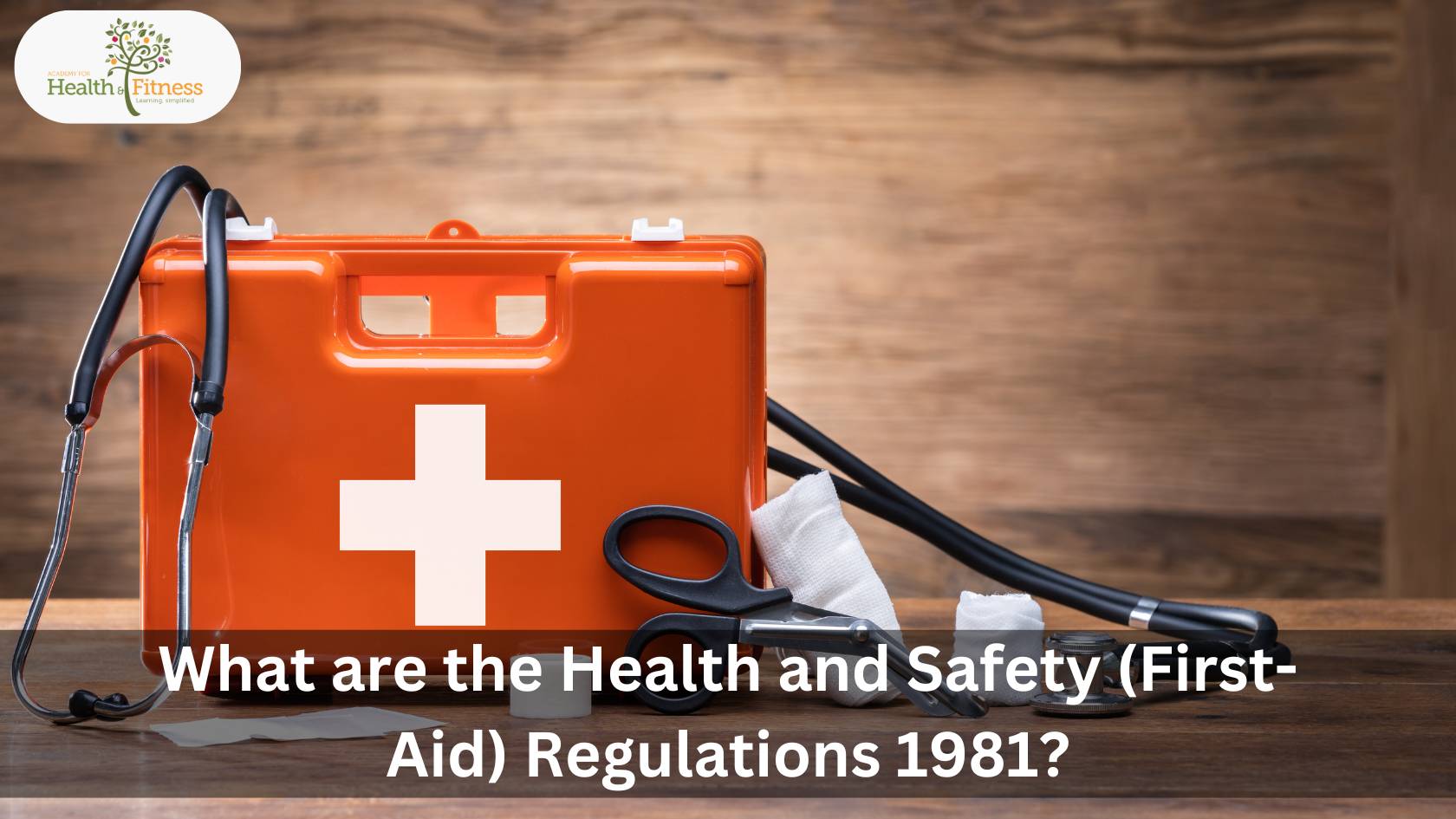
Ensuring safety at the workplace is a great factor in establishing a healthy and productive working space. The Health and Safety (First Aids) Regulations 1981 seek to address the issue of injuries at work and ensures that there is sufficient first-aid assistance offered to employees in case any illnesses or injuries occur at the workplace. These regulations are applicable in all the workplaces in the UK and specifically provides requirements that all employers are required to adhere to in order to provide a safe working environment for their employees.
This blog provides an in-depth overview of the Health and Safety (First-Aid) Regulations 1981, covering topics such as the importance of first aid, risk assessments, and the legal responsibilities of both employers and employees. We will also discuss first-aid training, the necessary equipment and facilities, and how to maintain first-aid readiness in the workplace.
1. Understanding First Aid
First aid is the quick assistance given to someone suffering from a sudden illness or accident. The goal of first aid is to keep the condition from worsening, provide respite, and stabilise the person until expert medical treatment comes. Effective first aid can minimise the severity of injuries and, in certain situations, save lives.
In the workplace, first aid guarantees that minor accidents are addressed quickly while employees with more significant injuries or health concerns receive timely care. Maintaining a safe working environment requires qualified first aiders and proper first-aid equipment.
2. The Health and Safety (First-Aid) Regulations 1981
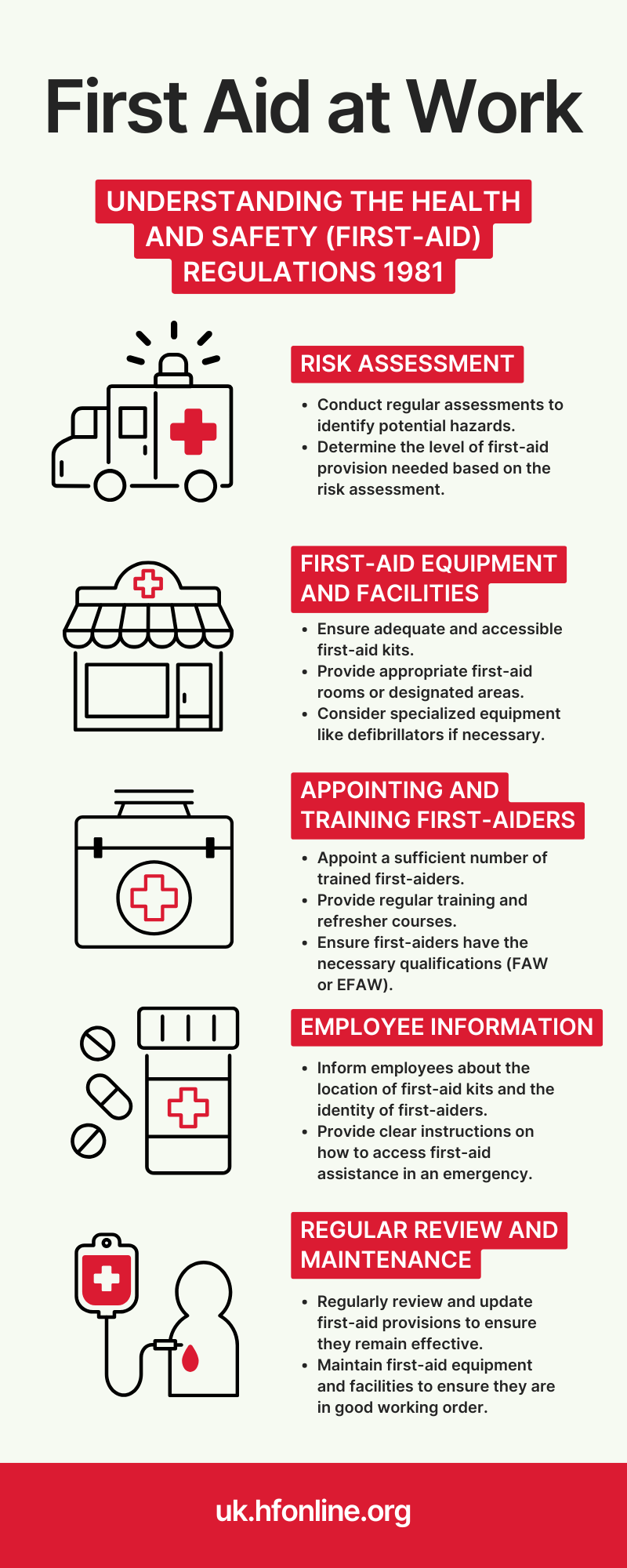
The Health and Safety (First-Aid) Regulations 1981 are a set of UK laws that require employers to ensure that adequate first-aid provisions are in place within the workplace. These regulations are intended to protect employees by ensuring that they receive fast and appropriate medical care if they become ill or injured while at work. The regulations stipulate the following fundamental requirements:
First Aid Needs Assessment
Employers must carry out a thorough assessment to determine the level of first-aid provisions needed in their workplace. This involves evaluating risks, the number of employees, and the types of work being carried out.
Provision of First Aid Equipment and Facilities
Employers must ensure that appropriate first-aid equipment (such as first-aid kits) is available and easily accessible. In certain cases, first-aid rooms or specialised equipment like defibrillators may be required.
Appointment and Training of First Aiders
Employers are responsible for appointing trained individuals to provide first aid if necessary. The number and type of first-aiders depend on the outcome of the risk assessment and the workplace’s needs. First-aiders must be properly trained and certified in first aid at work (FAW) or emergency first aid at work (EFAW).
Providing Information to Employees
Employers must ensure that all employees are informed of first-aid arrangements, including the location of first-aid kits, the identity of first-aiders, and how to contact them in an emergency.
Review and Maintenance
Employers must regularly review and update their first-aid provisions to ensure they remain appropriate as workplace conditions, risks, or the workforce size changes.
Failure to comply with these regulations can result in penalties, including fines and legal action, as the regulations are enforceable by the Health and Safety Executive (HSE).
3. Carrying Out A First Aid Risk Assessment
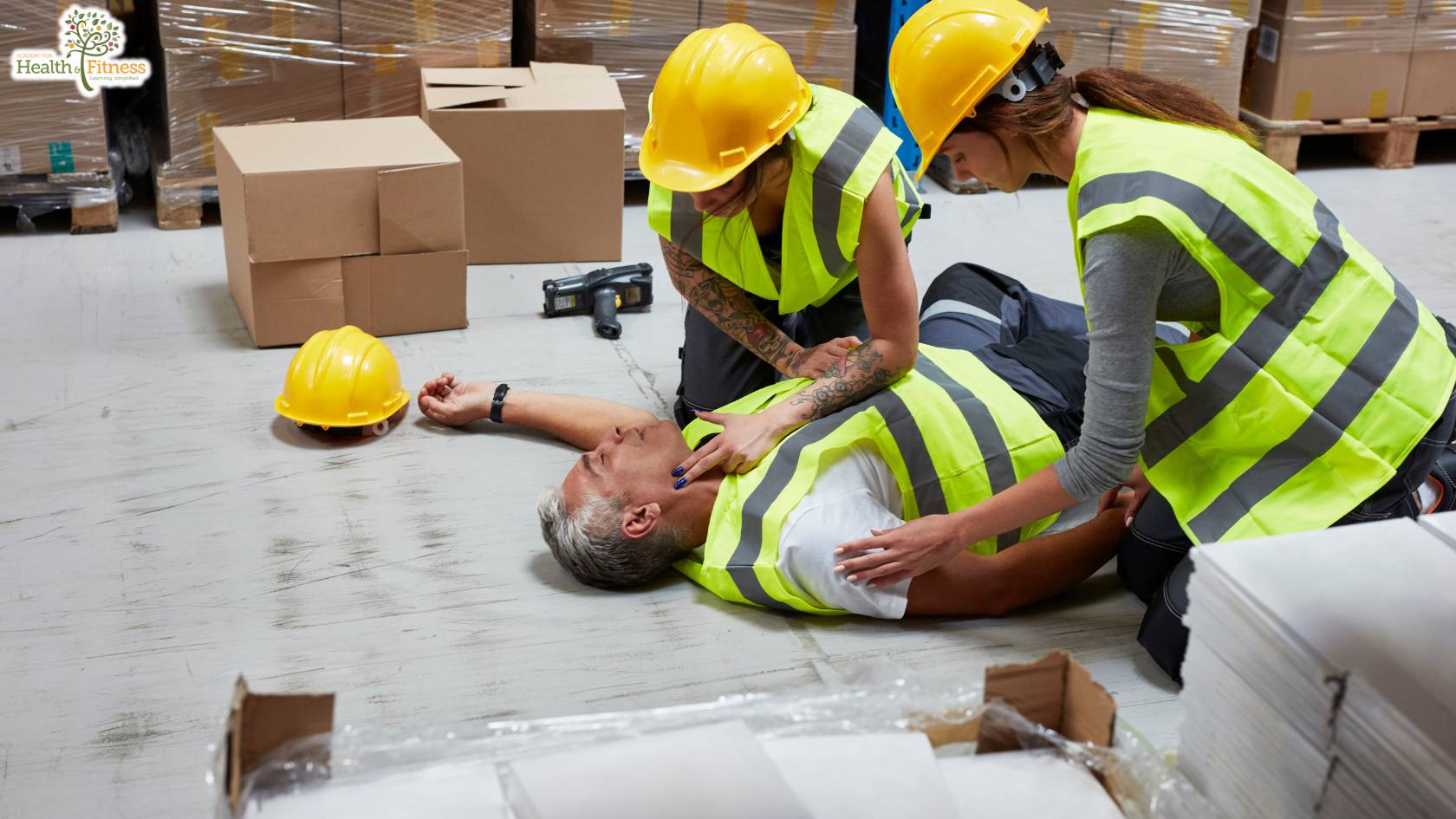
One of the key requirements of the Health and Safety (First-Aid) Regulations 1981 is conducting a first-aid needs assessment. Employers must assess the specific risks and hazards present in their workplace to determine the level of first-aid provision required. This process involves considering factors such as:
- Workplace hazards: Are there particular tasks or processes that present a higher risk of injury?
- Size of the workforce: The larger the workforce, the greater the need for trained first aiders and multiple first-aid stations.
- Past accident history: Reviewing previous incidents can provide valuable insights into the types of injuries that are more likely to occur.
- Location and layout: Workplaces spread across multiple floors or buildings may require additional first-aid coverage.
- Lone or remote workers: Additional first-aid provisions may be needed for employees working alone or in isolated areas.
This assessment must be regularly reviewed to ensure that first-aid arrangements remain appropriate as workplace conditions change.
4. Does one need first aiders? How many first aiders are needed?
Yes, under the Health and Safety (First-Aid) Regulations 1981, employers are required to appoint an adequate number of trained first aiders based on the risks and needs identified in the first-aid assessment.
The number of first aiders required depends on the size of the business, the risk level, and the layout of the workplace. For example:
- Low-risk environments: In offices or retail spaces, where risks are minimal, having an appointed person (First Aid Appointed Person or FAAP) responsible for first-aid arrangements may suffice. However, having at least one Emergency First Aid at Work (EFAW) trained individual is often recommended.
- Medium to high-risk environments: In higher-risk workplaces like construction sites or manufacturing plants, First Aid at Work (FAW) trained personnel are necessary. For larger workplaces, multiple first-aiders may be required to ensure sufficient coverage at all times.
Employers should always err on the side of caution and provide more first-aiders than the minimum required, particularly if there is uncertainty in their assessment.
5. First Aid Equipment and Facilities

In addition to having trained first aiders, employers must provide adequate first-aid equipment and facilities. The contents of first-aid kits should be tailored to the specific risks in the workplace, but generally, they should include items like:
- Sterile dressings and bandages
- Disposable gloves
- Antiseptic wipes
- Adhesive plasters
- Scissors
- Burn treatment supplies
- A first-aid manual
Larger or higher-risk workplaces may also require specialised equipment, such as eyewash stations, defibrillators (AEDs), or a dedicated first-aid room.
6. Penalties for Non-Compliance
Failure to comply with the Health and Safety (First-Aid) Regulations 1981 can result in serious penalties for employers. Non-compliance is not only a breach of legal obligations but can also expose employers to:
- Fines: Employers may face significant fines from regulatory bodies such as the Health and Safety Executive (HSE).
- Increased liability: Failing to provide adequate first-aid coverage increases the risk of litigation in the event of workplace injuries.
- Reputational damage: Non-compliance may harm the company’s reputation, leading to loss of trust from employees and customers alike.
Employers should regularly review their first-aid provisions to avoid non-compliance and ensure that the workplace is safe.
7. First Aiders and Their Roles
First Aid Appointed Person (FAAP)
In low-risk environments, a First Aid Appointed Person (FAAP) may be sufficient. This individual is responsible for overseeing first-aid arrangements, maintaining first-aid supplies, and ensuring that emergency services are called when necessary. However, they are not required to have formal first-aid training.
EFAW Trained First Aider
An Emergency First Aid at Work (EFAW) trained first-aider is qualified to provide immediate assistance in emergencies. This type of training is suitable for low-risk environments where minor injuries or illnesses are most common.
FAW Trained First Aider
In higher-risk workplaces, employers must appoint First Aid at Work (FAW) trained individuals. These first-aiders have more comprehensive training, enabling them to handle a broader range of injuries and conditions, including more serious situations like major trauma or heart attacks.
8. Responsibilities of the Self-Employed
Even if you are self-employed, the Health and Safety (First-Aid) Regulations 1981 apply to you. You must ensure that you have access to appropriate first-aid supplies and can call emergency services when necessary. In some cases, self-employed individuals may need to undergo first-aid training, especially if they work in higher-risk environments.
9. Reporting Accidents and Maintaining an Accident Book
Reporting Accidents
Employers are legally required to report certain types of workplace accidents to the Health and Safety Executive (HSE) under RIDDOR (Reporting of Injuries, Diseases, and Dangerous Occurrences Regulations). This includes accidents that result in death, serious injuries, or employees being unable to work for more than seven days.
The Accident Book
All workplaces must maintain an accident book to record workplace incidents. This serves as an official record and helps employers identify patterns in workplace accidents, enabling them to take preventive measures.
10. Tips for Maintaining First Aid Readiness
Conduct Regular Audits
Employers should regularly audit their first-aid provisions to ensure that all supplies are up-to-date and easily accessible. Regular training refreshers for first-aiders are also essential.
Provide Clear Information
Ensure all employees know where first-aid kits are located and who the trained first aiders are. Clear signage and communication about first-aid arrangements will help maintain readiness in case of an emergency.
11. FAQ
1. What are the Health and Safety (First-Aid) Regulations 1981?
The Health and Safety (First-Aid) Regulations 1981 require employers to provide adequate first-aid equipment, facilities, and personnel to ensure that employees receive immediate care in the event of injury or illness at work. Employers must assess the risks in their workplace to determine the level of first-aid provisions needed.
2. How do employers assess the need for first aid in the workplace?
Employers must carry out a First Aid Needs Assessment that evaluates the potential hazards, the number of employees, the nature of work, and any previous accident history to determine the appropriate first-aid arrangements. The assessment helps decide the number of first-aiders, equipment, and facilities required.
3. How many first-aiders do I need in my workplace?
The number of first-aiders required depends on the outcome of the first-aid risk assessment. For low-risk workplaces like offices, an appointed person or EFAW-trained first-aider may suffice. For higher-risk environments, such as factories or construction sites, FAW-trained first-aiders and additional equipment may be needed.
4. What first-aid equipment should employers provide?
Employers must ensure that an appropriately stocked first-aid kit is accessible at all times. Depending on the workplace risk assessment, additional items like defibrillators or specialized first-aid rooms may also be necessary. The kit’s contents should be regularly checked and restocked as needed.
5. What are the penalties for non-compliance with the Health and Safety (First-Aid) Regulations 1981?
Failure to comply with the Health and Safety (First-Aid) Regulations 1981 can result in legal penalties, including fines and prosecution. The Health and Safety Executive (HSE) has the authority to enforce these regulations and take action against employers who do not meet their obligations.
12. Conclusion
The Health and Safety (First-Aid) Regulations 1981 are essential for ensuring that workplaces are prepared to handle illnesses and injuries effectively. By conducting a thorough risk assessment, appointing trained first-aiders, providing appropriate equipment, and keeping employees informed, employers can create a safer work environment that minimises the impact of accidents and ensures that employees receive the care they need in emergencies.
